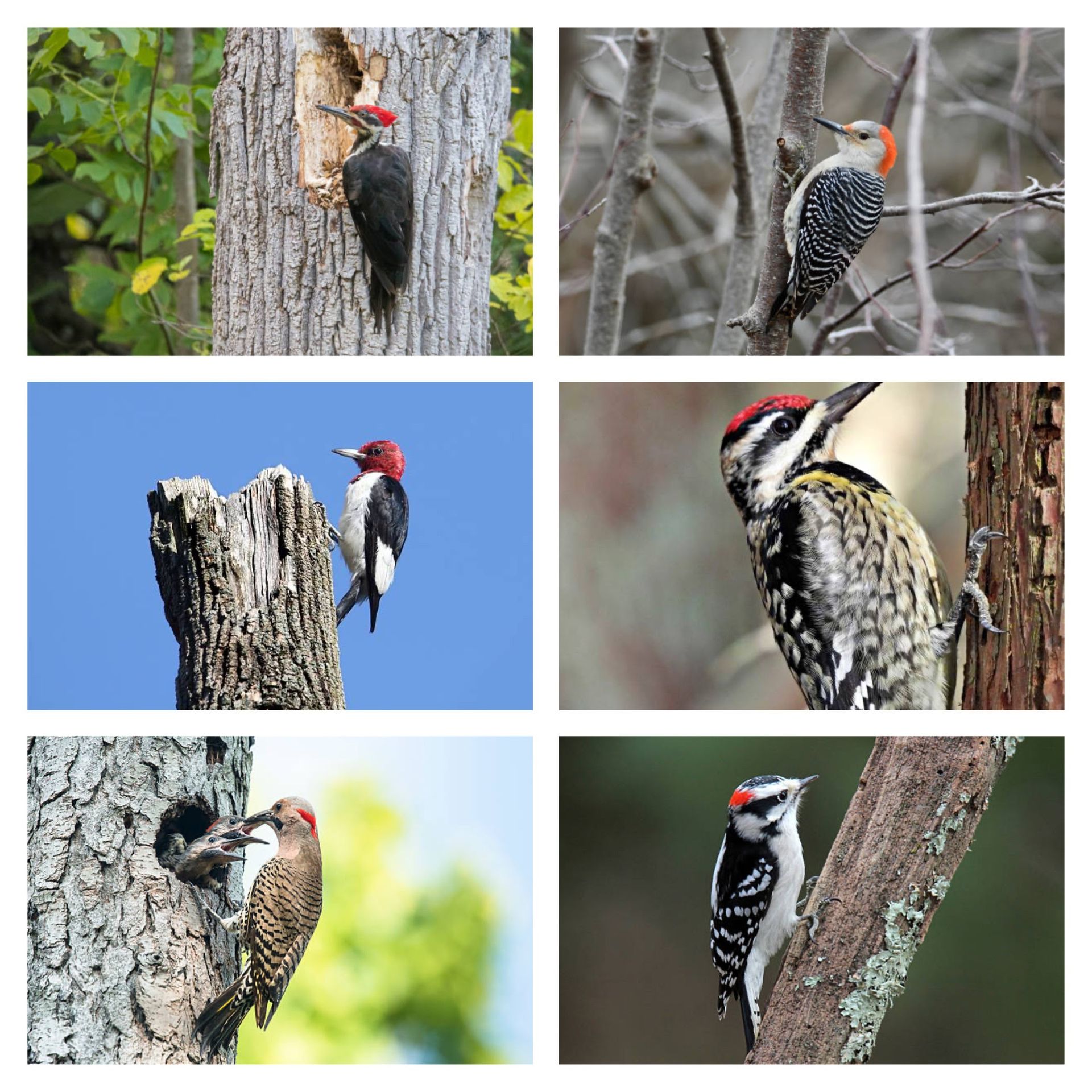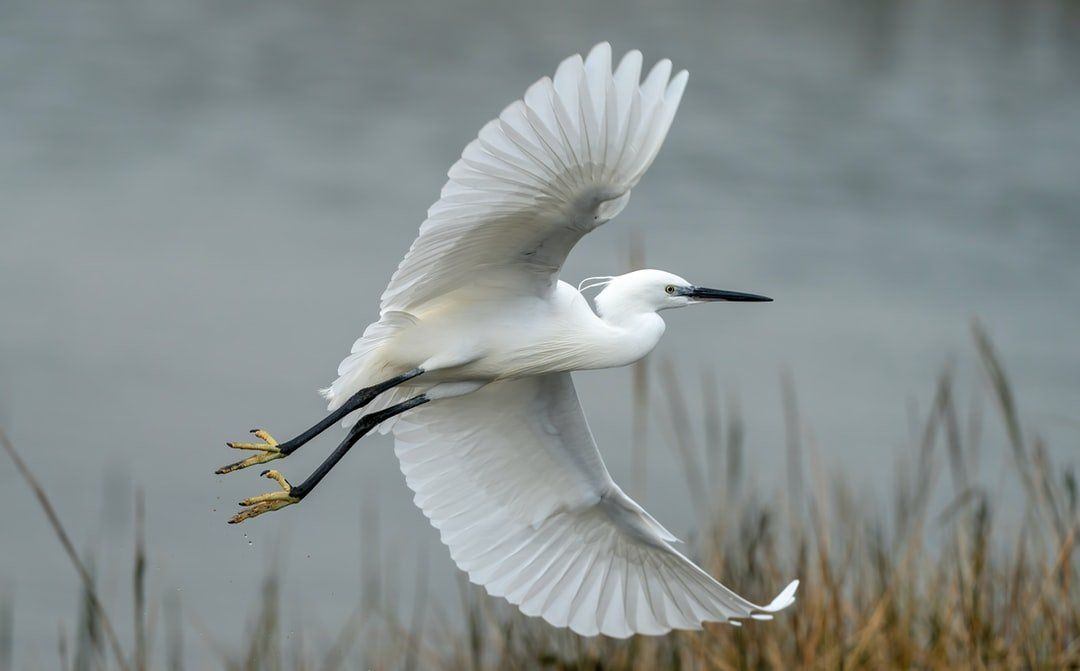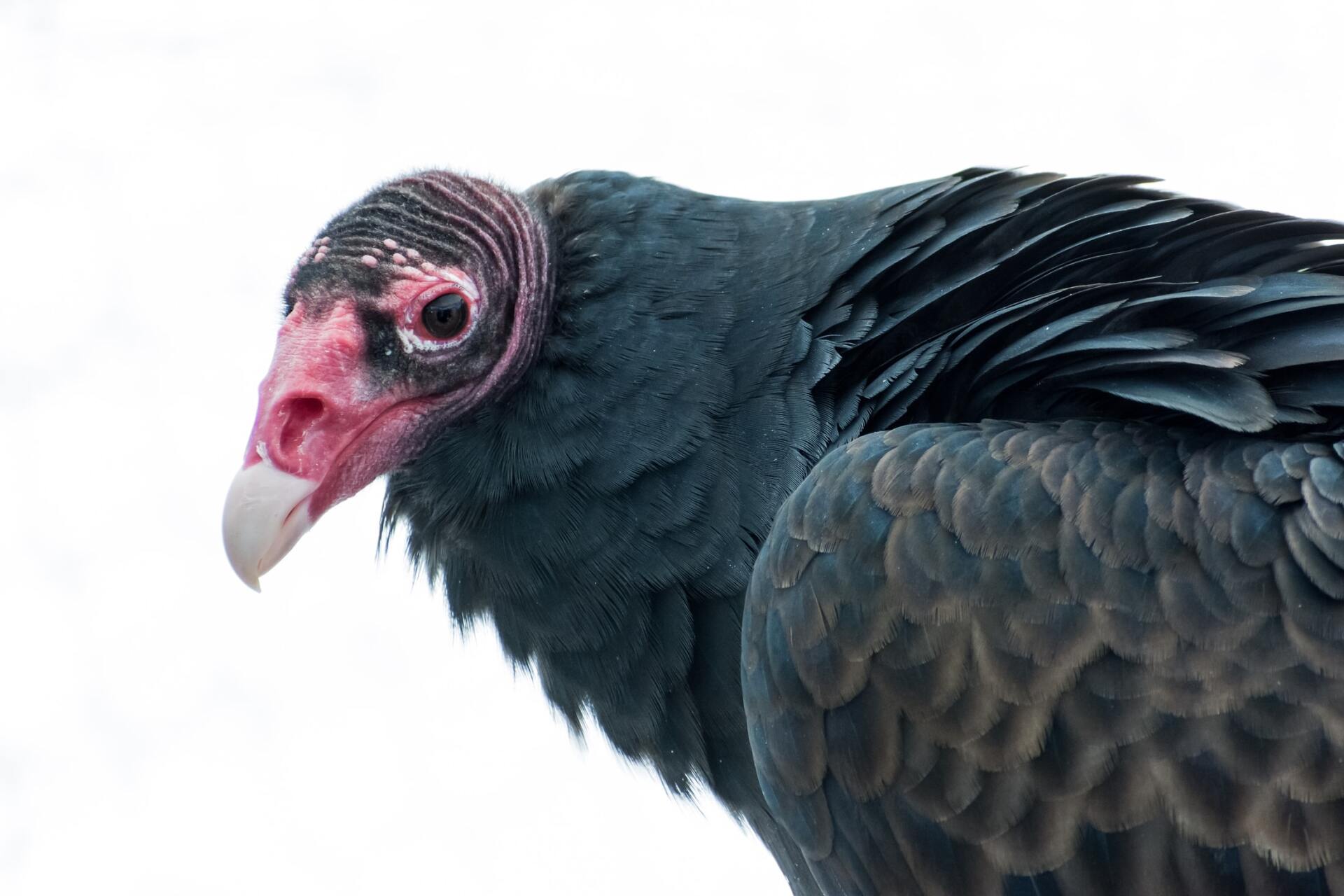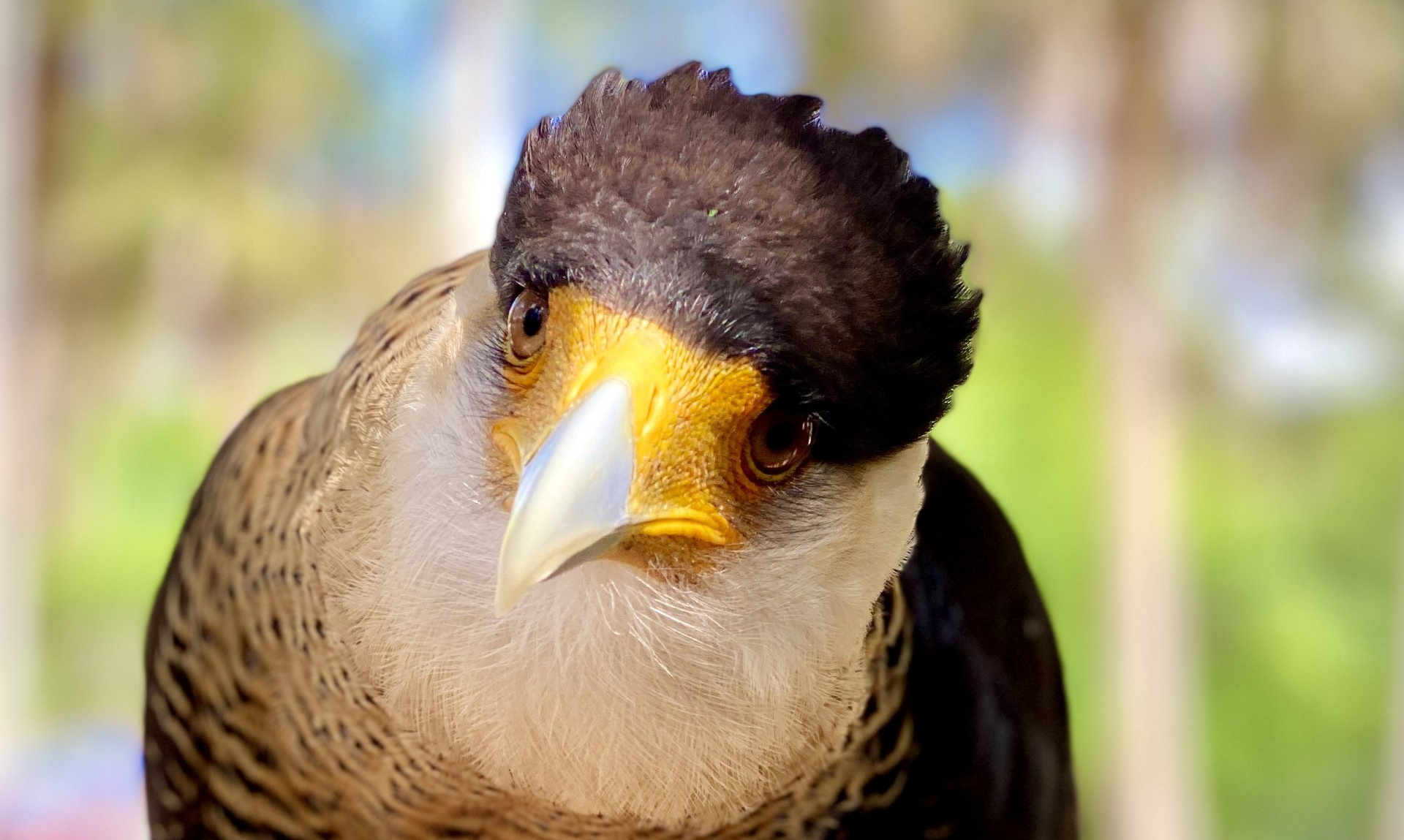Woodpeckers of the Treasure Coast
Woodpeckers of the Treasure Coast

The Treasure Coast of Florida is a haven for birdwatchers, offering a rich tapestry of habitats from coastal mangroves to pine forests. Among the most captivating avian residents are the Woodpeckers, which play vital ecological roles in these ecosystems. This article explores the Woodpecker species found on the Treasure Coast, their conservation statuses, and ongoing protection efforts.
1. Red-cockaded Woodpecker (Picoides borealis)
Historically, the Red-cockaded Woodpecker was listed as endangered both federally and in Florida due to habitat loss and degradation. However, as of October 2024, the U.S. Fish and Wildlife Service announced that the species has recovered sufficiently to be downlisted from endangered to threatened. This change reflects a significant conservation success, with the population increasing from approximately 1,470 clusters in the 1970s to around 7,800 clusters today. Despite the status change, the species continues to receive protections under the Endangered Species Act, and conservation efforts remain crucial to ensure its continued recovery.
In Florida, the Red-cockaded Woodpecker is found in mature pine forests, particularly in areas like Jonathan Dickinson State Park and the St. Sebastian River Preserve State Park. These birds are known for their cooperative breeding behavior and reliance on old-growth pine trees for nesting.
- Size & Appearance: Measures approximately 9 inches in length. It has a black-and-white plumage with a white cheek patch. Males have a small red streak above the cheek, which is rarely visible.
- Diet: Feeds on insects, arthropods, and seeds.
- Nesting: Nests exclusively in live, old-growth pine trees infected with red heart fungus, which softens the wood for cavity excavation. It may take up to two years to construct a cavity.
- Reproduction: Forms cooperative breeding groups consisting of a breeding pair with several helpers (often older offspring) assisting in raising chicks. Their clutch consists of 2-5 eggs incubated by dominant breeding female.
2. Pileated Woodpecker (Dryocopus pileatus)
The Pileated Woodpecker is the largest extant Woodpecker species in North America, measuring up to 19 inches in length. Characterized by its striking black plumage, white wing linings, and prominent red crest, this species is a year-round resident of the Treasure Coast. It inhabits mature forests, including hardwood and mixed woodlands, where it excavates large rectangular cavities in dead or dying trees in search of ants and beetle larvae.
- Size & Appearance: As North America's largest Woodpecker, it measures 16–19 inches in length with a wingspan of 29 inches. It has a striking black body, a red crest, and white facial stripes. Males possess a red "moustache" mark.
- Diet: Primarily feeds on carpenter ants and beetle larvae found in decaying wood. In the fall and winter, it supplements its diet with fruits, nuts, and berries.
- Nesting: Excavates large cavities in dead trees or utility poles, typically 10–80 feet above the ground. The clutch size ranges from 3 to 5 white eggs.
- Reproduction: Both parents are involved in incubating the eggs and caring for the young. The fledglings remain in the nest for several weeks before becoming independent.
3. Red-bellied Woodpecker (Melanerpes carolinus)
Common and widespread, the Red-bellied Woodpecker is easily recognizable by its zebra-patterned back and bright red nape and crown. Despite its name, the red belly is often subtle and hard to see. This adaptable species thrives in a variety of habitats, including forests, suburban areas, and even urban parks. It feeds on a diverse diet of insects, fruits, and nuts, and is known for its distinctive drumming and call.
- Size & Appearance: Measures approximately 9–10 inches in length. Features a black-and-white barred back, pale belly, and a red nape and crown in males. Females have a red nape but a grayish crown.
- Diet: Feeds on a variety of insects, seeds, fruits, and nuts. In the spring, plant material constitutes about 44% of its diet, increasing to over 80% in the fall and winter.
- Nesting: Utilizes cavities in pine, cypress, palm, hardwood trees, or nest boxes, often 5–70 feet above the ground. The clutch size is typically 4–5 white eggs.
- Reproduction: Both parents share incubation duties and care for the young. They may use the same cavity for successive nesting seasons.
4. Downy Woodpecker (Picoides pubescens)
The Downy Woodpecker is the smallest woodpecker species in North America, measuring about 6 inches in length. It has a white underside, a black-and-white striped back, and a small red patch on the back of the head in males. This species is commonly found in a variety of wooded habitats, including forests, parks, and gardens, where it feeds on insects and seeds.
- Size & Appearance: At 5.5–6.7 inches in length, it is the smallest Woodpecker in Florida. It has a black and white striped back and a white belly. Males have a red spot on the nape.
- Diet: Primarily feeds on beetles, ants, caterpillars, scale insects, and spiders.
- Nesting: Excavates cavities in dead limbs or trees, often surrounded by fungus or lichen for camouflage. The clutch size is 4–5 white eggs.
- Reproduction: Both sexes participate in cavity excavation and care for the young.
5. Northern Flicker (Colaptes auratus)
The Northern Flicker is a large Woodpecker species with distinctive markings and behavior. Unlike most woodpeckers, it often feeds on the ground, searching for ants and beetles. Its plumage varies by region, with eastern birds typically having a pale brown body with black spots and a white rump, while western birds may have a more reddish-brown coloration.
- Size & Appearance: Measures 12–14 inches in length. It has a brown body with black spots and a distinctive red or yellow patch on the nape.
- Diet: Feeds primarily on ants and beetles, often foraging on the ground. It also consumes seeds and berries.
- Nesting: Excavates nesting cavities in dead trees or utility poles, typically 5–80 feet above the ground. The clutch size ranges from 6 to 8 white eggs.
- Reproduction: Both parents are involved in incubating the eggs and caring for the young.
6. Yellow-bellied Sapsucker (Sphyrapicus varius)
A migratory species, the Yellow-bellied Sapsucker Woodpecker is known for drilling neat rows of holes in trees to feed on sap and insects. It has a black-and-white patterned back, a red crown and throat, and a yellowish belly. While it is more commonly found in the northern parts of North America, it migrates to the Treasure Coast during the winter months.
- Size & Appearance: Measures 7.5–8.7 inches in length. Features black-and-white plumage with a yellowish wash on the belly and a red forehead.
- Diet: Feeds on sap from trees and insects attracted to the sap. It drills small holes in trees to access the sap.
- Nesting: Excavates nesting cavities in dead or dying trees, typically 5–80 feet above the ground. The clutch size is usually 4–7 white eggs.
- Reproduction: Both parents share incubation duties and care for the young.
PHOTO CREDITS: Stock
PHOTO DETAILS: Cover photo - Pileated Woodpecker
Image - top left to right: Pileated Woodpecker, Red Bellied Woodpecke
Middle left to right: Red-headed Woodpecker, Yellow-Bellied Woodpecker
Bottom left to right: Northern Flicker Feeding Her Chicks, Downy Woodpecker
You might also like
TCWC Blog




